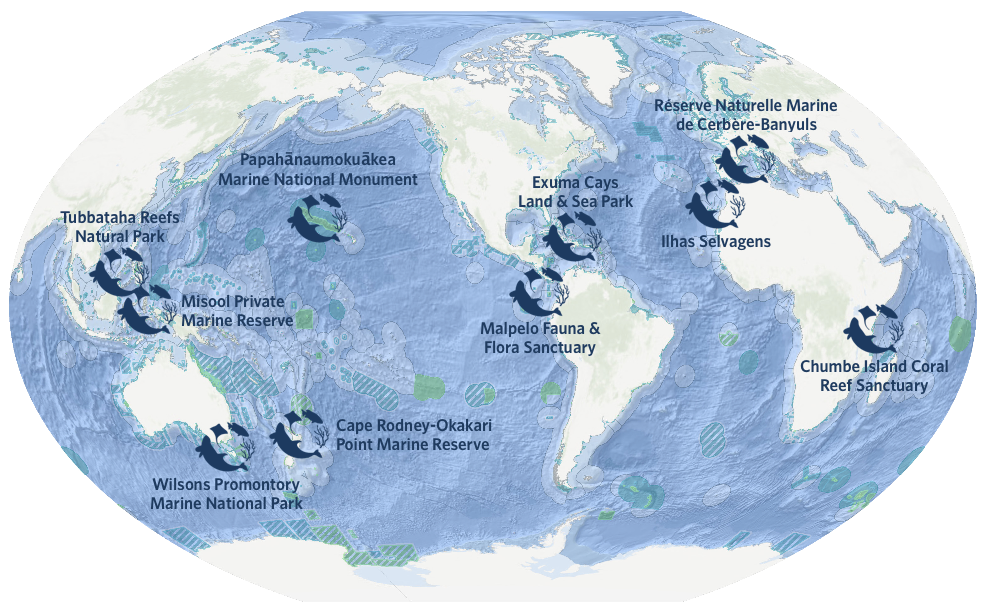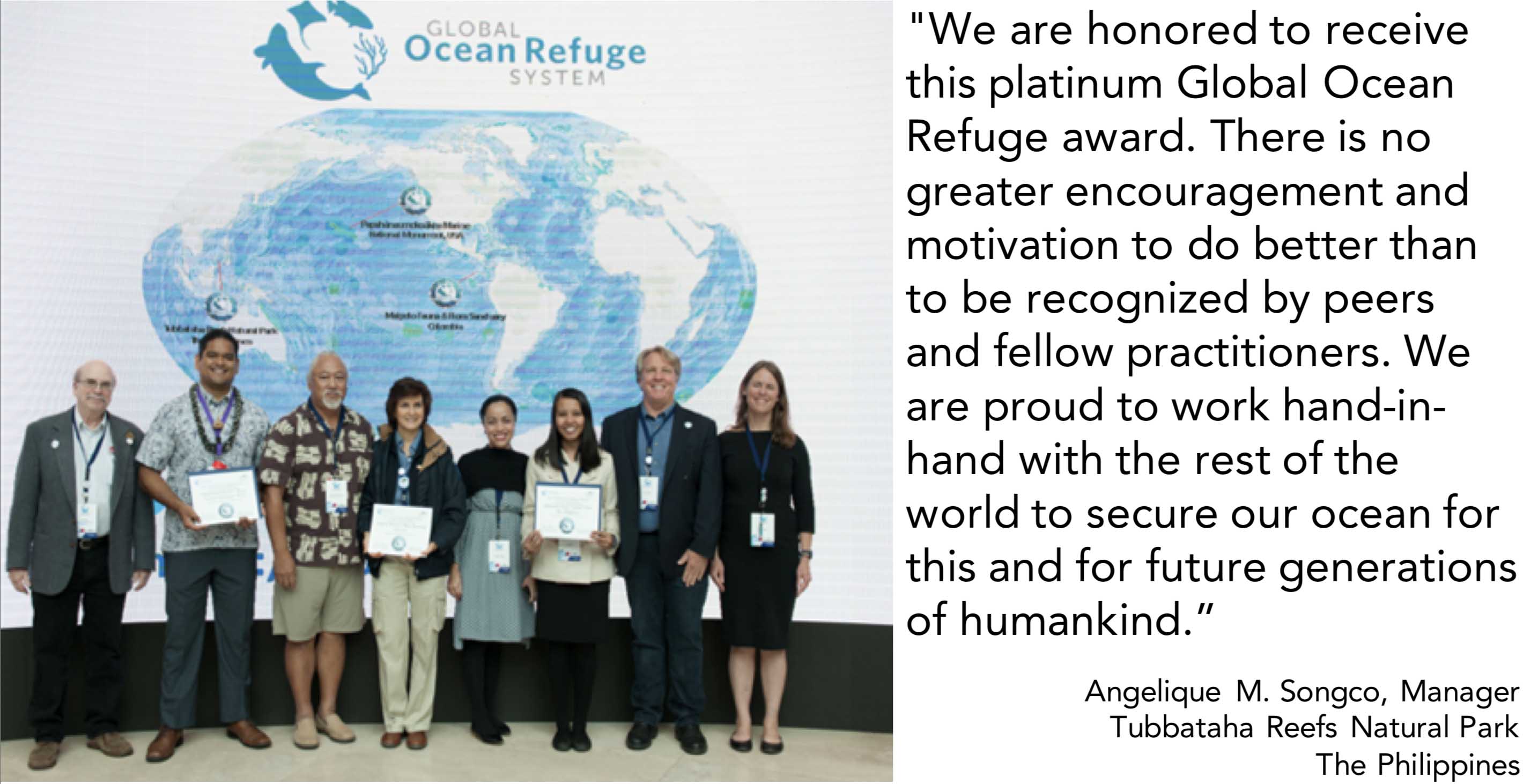“The creation of a marine-protected area is only the start of an effective conservation effort, not the end.” – The New York Times, Editorial Board, February 15, 2014
In the context of today’s global ocean crisis involving overfishing, climate change, industrialization, pollution and habitat destruction, Marine Conservation Institute launched the Global Ocean Refuge System to protect 30% of the ocean by 2030. The Global Ocean Refuge System is an innovative strategy aiming to encourage decision makers to establish protected areas that safeguard marine life and promote opportunities for sustainable tourism.
LT&C has sat down with Sarah O. Hameed, Director and Senior Scientist at the initiative to talk about its mission and role in tackling current conservation efforts’ greatest challenges:
Sarah, can you explain in a few sentences what “Global Ocean Refuges” is?
“Global Ocean Refuges are protected areas in the ocean that are fulfilling their mission to safeguard biodiversity. They meet science-based standards for effective conservation and are models for other protected area planners and managers.”

What was the initial idea of establishing the Marine Conservation Institute and what is its today mission and work?
“Dr. Elliott Norse founded Marine Conservation Biology Institute in 1996 (which became Marine Conservation Institute in 2011) to get more scientists applying their understanding of marine ecosystems to conservation decision-making. To launch the new scientific discipline of marine conservation, we held the world’s first two scientific symposia on this topic and brought the information together in the first textbook on the topic: Marine Conservation Biology. Our organization’s focus has been bridging the gap between scientists who understand marine ecosystems and policymakers who determine their fate. After seeing marine conservation biology become a vibrant science worldwide, in 2011 we turned our full attention to securing permanent, strong protection for the oceans’ most important places – for us and future generations.”
How do you look from your perspective at LT&C and what do you see we have in common and therefore should seek to produce synergy?
“LT&C and Marine Conservation Institute are both working
The LT&C Examples are models for well-financed and sustainable protected areas. It is often the lack of funding that keeps a protected area from effectively conserving biodiversity – consistent funding is needed to build staff capacity and retain staff members, monitor ecosystems, enforce regulations, and educate visitors about the life sustained by the area – and models for financing protected area management with tourism can provide the blueprint for many protected areas to gain the necessary funding to effectively safeguard biodiversity.
The Global Ocean Refuge Awards are similarly identifying models of conservation effectiveness for others to follow. In addition to setting a standard for marine protected area effectiveness with the Global Ocean Refuge Criteria, the Accelerator program is intended to guide and support protected area planners and managers in overcoming the challenges to effectiveness they must overcome. We look forward to using LT&C Examples to help the Accelerator projects achieve sustainable financing, and we hope to collaborate with LT&C on marine protected area projects.”

What are your methods or incentives that your awarded examples of Global Ocean Refuges are getting replicated elsewhere?
“Global Ocean Refuge Awards provide a substantial incentive for marine protection by publicly celebrating the outstanding conservation work of communities and managers. The award, which confers prestige, funding leverage and enhanced ecotourism opportunities, aligns governments’ interests with biodiversity conservation. Global Ocean Refuge status also provides a benchmark that both private and governmental funders can use to measure the impacts of their investments.
It is through the Accelerator program (still in its pilot phase) that we will work with the protected area planners and managers who are working towards the Global Ocean Refuge standard.”

If you are interested in finding out more about the Marine Conservation Institute, a new Partner of LT&C, and Global Ocean Refuge System, please visit their website. You can also check out the Global Ocean Refuge and LT&C-Example Chumbe Island Coral Reef Sanctuary, which is an exciting example of tourism working hand in hand with conservation efforts.




